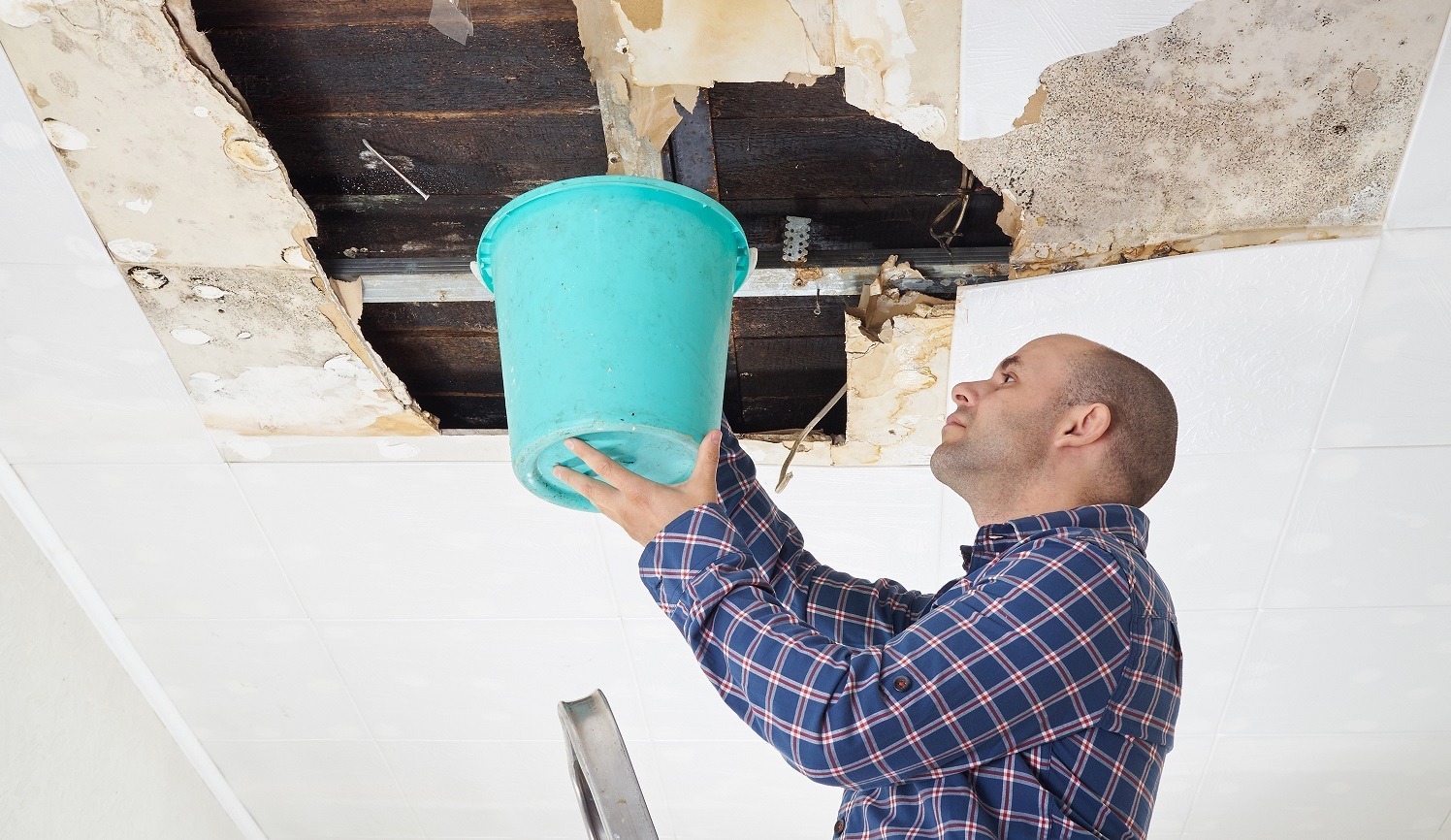Do's & Don'ts of Water Restoration.
Do's & Don'ts of Water Restoration.
Blog Article
They are making a few great points about Safety Tips To Prevent Fire And Water Damage in general in the content beneath.

Water offers life, water intrusion on parts where it's not supposed to be can result in damages. If the water saturates into your framework, it can peel away surfaces and also wear down the structure. Mold and mold likewise thrive in a wet setting, which can be hazardous for your health. Houses with water damages smell old and also musty.
Water can come from numerous resources such as tropical storms, floodings, burst pipelines, leaks, as well as sewer problems. In case you experience water damages, it would be good to know some safety and security precautions. Below are a couple of standards on just how to take care of water damage.
Do Prioritize Residence Insurance Insurance Coverage
Water damages from flooding dues to hefty winds is seasonal. Nonetheless, you can additionally experience an unexpected flooding when a defective pipe instantly ruptures right into your house. It would be best to have house insurance policy that covers both disasters such as all-natural disasters, and emergencies like damaged plumbing.
Don't Forget to Turn Off Energies
In case of a calamity, specifically if you stay in a flood-prone location, it would certainly be a good idea to shut off the major electric circuit. This cuts off power to your whole residence, protecting against electrical shocks when water comes in as it is a conductor. Moreover, don't forget to shut off the primary water line valve. When floodwaters are high, furnishings will move and cause damages. Having the main shutoff shut off protects against more damage.
Do Remain Proactive as well as Heed Weather Condition Alerts
Storm floods can be very uncertain. If there is a history of flooding in your community, remain positive and prepared. Pay attention to emptying warnings if you live near a lake, river, or creek . Secure belongings from the first stage and also cellar, then placed them on the highest possible degree. Doing so lowers prospective residential property damage.
Don't Disregard the Roof
You can avoid rainfall damages if there are no openings and leakages in your roof. This will protect against water from moving down your wall surfaces as well as saturating your ceiling.
Do Take Note Of Tiny Leakages
A ruptured pipeline does not take place over night. You may discover bubbling paint, peeling wallpaper, water streaks, water spots, or leaking noises behind the wall surfaces. Have your plumbing repaired prior to it results in large damages.
Don't Panic in Case of a Ruptured Pipeline
When it comes to water damages, timing is vital. Thus, if a pipeline ruptureds in your residence, right away closed off your major water shutoff to reduce off the resource. Call a credible water damages restoration specialist for support.
Water provides life, water invasion on components where it's not intended to be can result in damages. Residences with water damages scent moldy and old.
Water damage from flood fees to hefty winds is seasonal. You may observe bubbling paint, peeling wallpaper, water streaks, water spots, or leaking sounds behind the wall surfaces. When it comes to water damage, timing is essential.
Some Do's & Don't When Dealing with a Water Damage
DO:
Make sure the water source has been eliminated. Contact a plumber if needed. Turn off circuit breakers supplying electricity to wet areas and unplug any electronics that are on wet carpet or surfaces Remove small furniture items Remove as much excess water as possible by mopping or blotting; Use WHITE towels to blot wet carpeting Wipe water from wooden furniture after removing anything on it Remove and prop up wet upholstery cushions for even drying (check for any bleeding) Pin up curtains or furniture skirts if needed Place aluminum foil, saucers or wood blocks between furniture legs and wet carpet Turn on air conditioning for maximum drying in winter and open windows in the summer Open any drawers and cabinets affected for complete drying but do not force them open Remove any valuable art objects or paintings to a safe, dry place Open any suitcases or luggage that may have been affected to dry, preferably in sunlight Hang any fur or leather goods to dry at room temperature Punch small holes in sagging ceilings to relieve trapped water (don't forget to place pans beneath!); however, if the ceiling is sagging extremely low, stay out of the room and we'll take care of it DO NOT:
Leave wet fabrics in place; dry them as soon as possible Leave books, magazines or any other colored items on wet carpets or floor Use your household vacuum to remove water Use TV's or other electronics/appliances while standing on wet carpets or floors; especially not on wet concrete floors Turn on ceiling fixtures if the ceiling is wet Turn your heat up, unless instructed otherwise

We were made aware of that report about Reducing Your Risk Of Water And Fire Damage At Home through a friend on our other site. Loved our entry? Please share it. Let someone else find it. Thanks so much for taking the time to read it.
Report this page